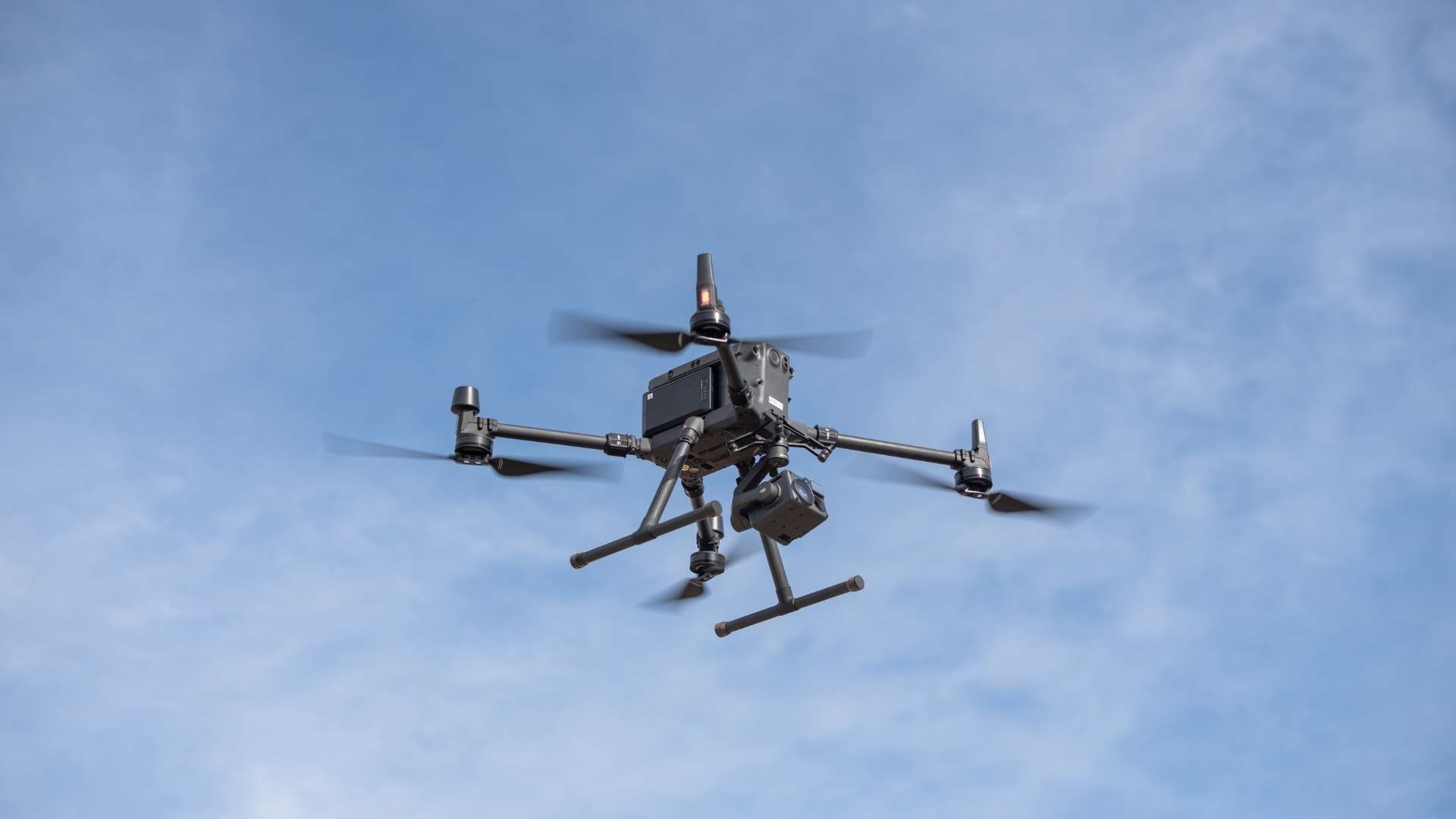
Kansas State University - Salina
As the drone industry continues to advance and develop new regulations at a rapid pace, Kansas State University Salina's Applied Aviation Research Center, or AARC, prepares the next generation of drone pilots to be Federal Aviation Administration compliant through world-class uncrewed aircraft systems training and education.
The Federal Aviation Administration (FAA), is planning new regulations aimed at standardizing operations beyond the visual line of sight for commercial drones.
Currently, Part 107 regulations with the FAA do not permit drones to fly beyond the visual line of sight of the operator without a special waiver.
The new set of regulations will allow for more expansive Uncrewed Aircraft Systems (UAS), operations beyond the visual line of sight, impacting all industries, including agriculture, engineering and public safety.
Upcoming webinar from K-State Salina explains proposed UAS regulations
With this immense change coming to the industry, the Applied Aviation Research Center will provide a free informational webinar explaining the proposed regulations on Thursday, September 4.
The webinar will discuss the new regulations, including guidance on detect-and-avoid, minimum operational standards, certification and training requirements and integration into the national airspace.
"The AARC has a close connection to the FAA from our years of UAS experience," said Kurt Carraway, executive director of the Applied Aviation Research Center. "As the first university to receive a waiver of beyond visual line-of-sight UAS operations back in 2018, we have proven to be detailed and system-oriented with our operations. Training and operations on the new set of regulations are the next step in K-State Salina's strategic goals that enable technologies to advance us in our work and connect the world in new ways."
To stay up to date with the FAA and advance your training in UAS technology, register by Tuesday, September 2 for the free webinar with the AARC drone experts at noon on Thursday, September 4.
Leading the way in advanced air mobility
In alignment with K-State's mission to become a next-generation land-grant university, the Salina campus has been tasked with leading exploration, integration and operation of next-generation, revolutionary drone technologies and air transport systems known as advanced air mobility — a rapidly emerging, new sector of the aerospace industry that aims to safely and efficiently integrate highly automated aircraft into the national airspace system.
Advanced air mobility is not just a single technology; it's a collection of new and emerging technologies being applied to the aviation transportation system, including urban mobility, public services and cargo delivery.
K-State Salina is in a unique position to positively impact the aerospace industry by training thousands of drone pilots through the bachelor's degree program and providing instruction to learners from many industries through professional education. The Applied Aviation Research Center is also conducting groundbreaking research into drone operations in natural disasters.
As the industry flies forward with advancement, K-State's advanced air mobility research and education will help transform the lives of Kansans and those around the world.





